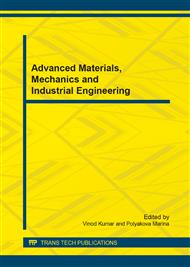p.442
p.453
p.459
p.463
p.467
p.471
p.476
p.481
p.486
Factors and Optimization Methods of Error in Reverse Engineering Practical Application
Abstract:
This article states the error factors in parts of data acquisition and data processing of reverse engineering, and gives optimization suggestions in practical applications. It provides a more practical method for manufacturing products closer to the samples.
Info:
Periodical:
Pages:
467-470
Citation:
Online since:
July 2014
Authors:
Keywords:
Price:
Сopyright:
© 2014 Trans Tech Publications Ltd. All Rights Reserved
Share:
Citation:


